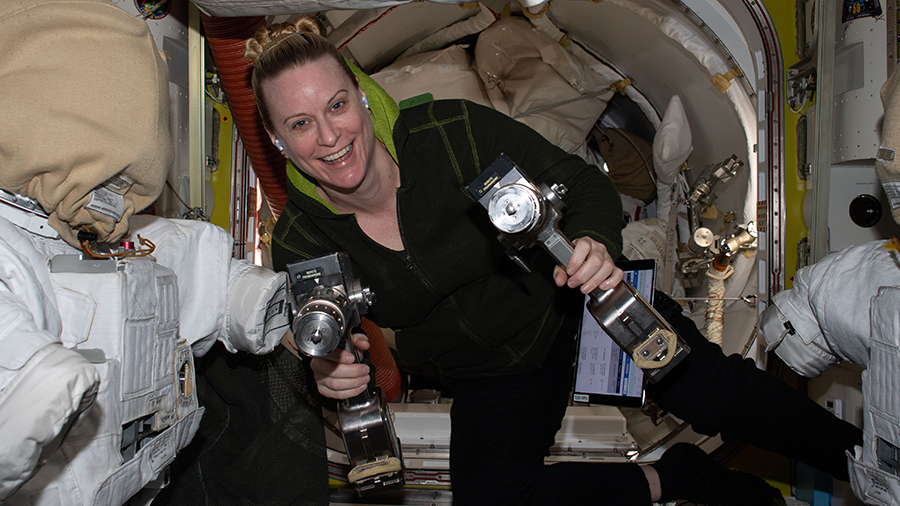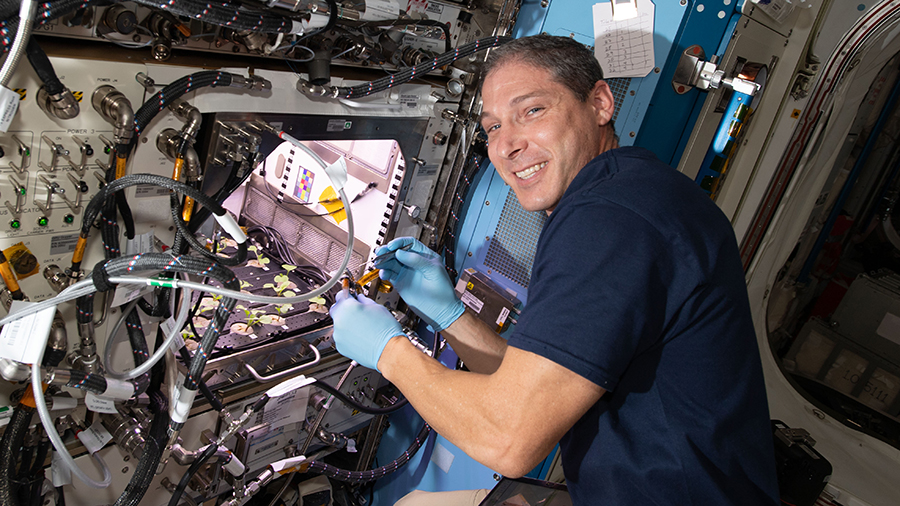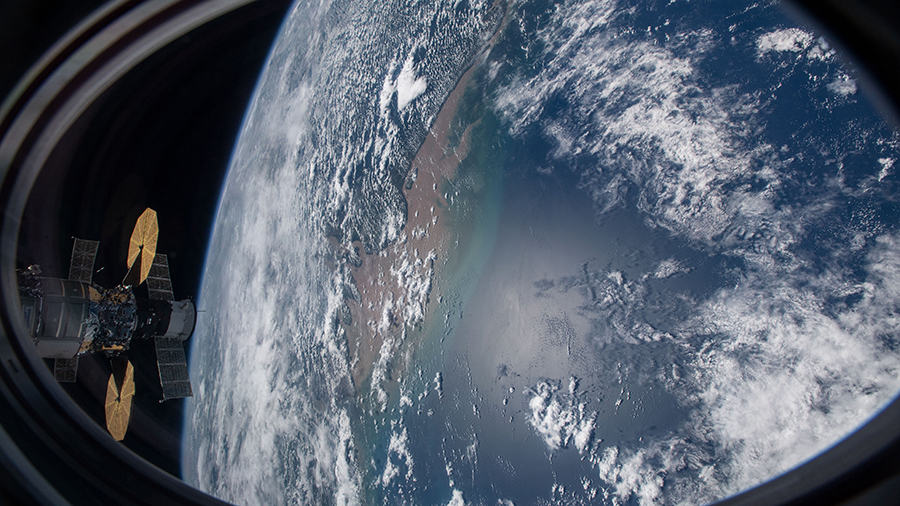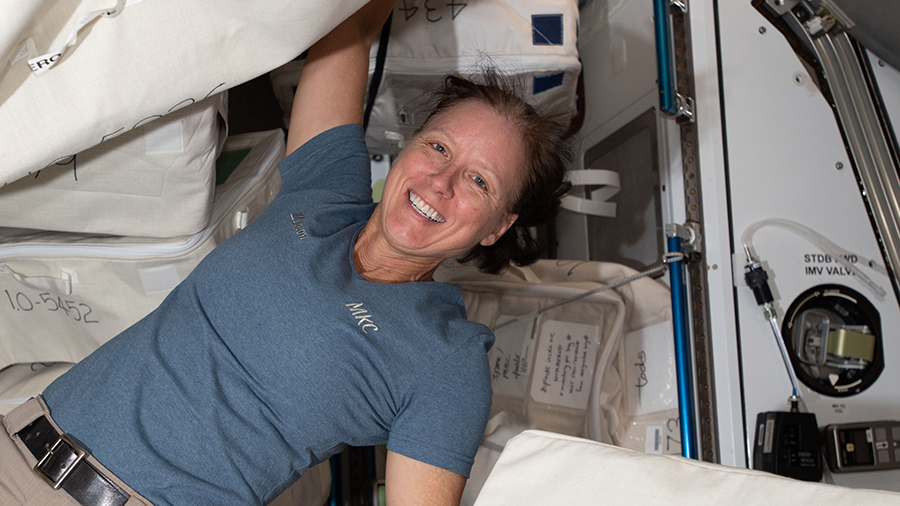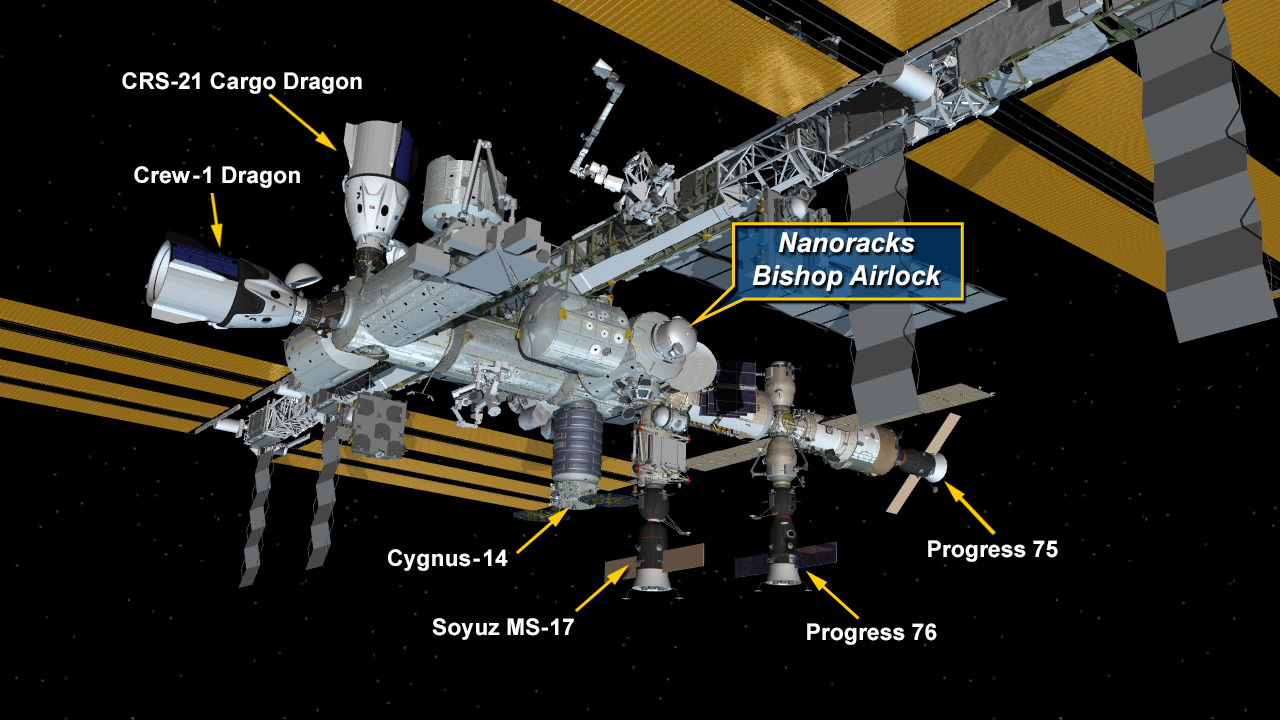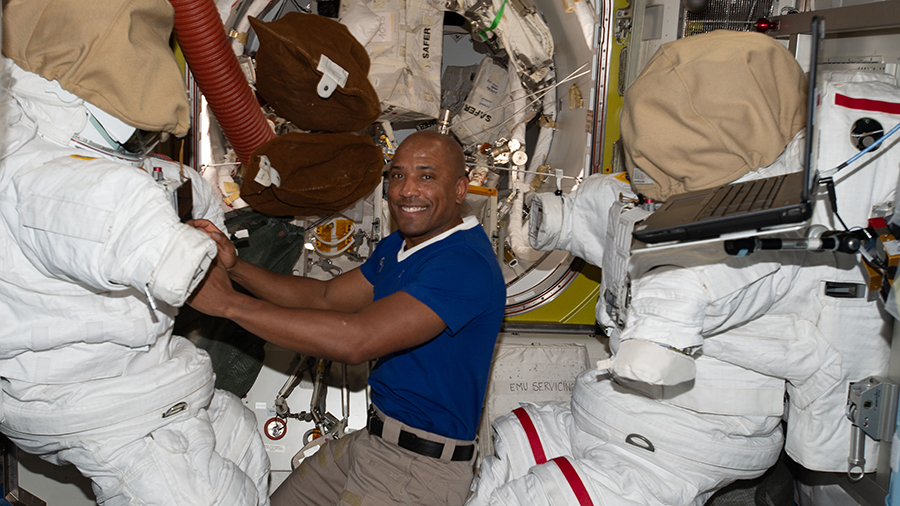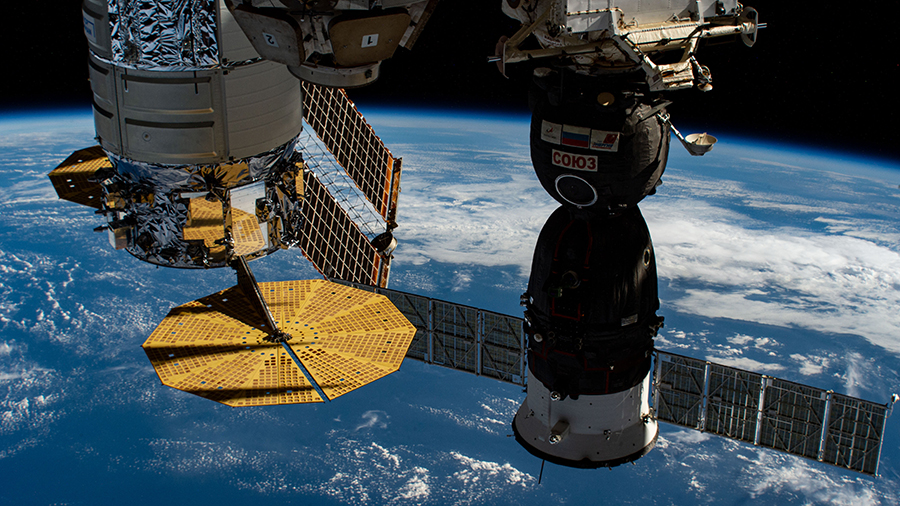
The seven Expedition 64 crew members aboard the International Space Station will see the New Year sixteen times today and take the day off on the first day of 2021. The orbital residents are also exploring how microgravity affects mice and protein crystals to improve human health.
The station orbits the Earth at 17,500 miles per hour (28,000 kilometers per hour) giving the crew the opportunity to see 16 sunrises and sunsets each day. The space residents set their clocks to GMT, or Greenwich Mean Time, and will start their new year at 12:00 a.m. GMT on Jan. 1, or five hours ahead of Eastern Standard Time.
Rodent research has been taking place all December aboard the station so scientists can understand how living in space impacts vision and bone tissue. NASA astronaut Victor Glover tended to mice today for the two studies before they will return in January aboard the SpaceX Cargo Dragon for analysis on Earth.
NASA Flight Engineer Kate Rubins photographed scientific samples for a study that seeks to commercialize the production of medical therapies in space. The Monoclonal Antibodies investigation is specifically exploring the creation of protein crystals that target cancer cells and could improve the crystallization process on Earth.
Rubins also joined Flight Engineers Shannon Walker and Soichi Noguchi as the trio packed the Northrop Grumman Cygnus space freighter throughout Thursday. The trio packed Cygnus with trash and discarded gear for its departure scheduled on Jan. 6. After its separation, Cygnus will orbit Earth on its own until Jan. 26 for flight tests and science experiments.
Station Commander Sergey Ryzhikov serviced a variety of Russian hardware today before loading the Progress 76 cargo craft ahead of its February departure from the Pirs docking compartment. Cosmonaut Sergey Kud-Sverchkov spent Thursday on engineering and plumbing tasks in the orbiting lab’s Russian segment.

